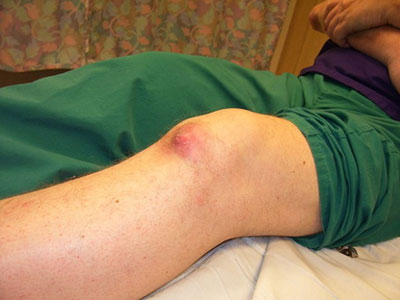Background of Knee Fractures

Fractures of the Knee include Fractures of the Patella, Femoral Condyles and Tibial Plateau. Both direct and indirect forces can cause these Fractures.
Patella and Tibial Plateau Fractures each account for 1% of all skeletal Fractures. Distal Femoral Condyle Fractures account for 4% of all Femur Fractures.
Fractures around the Knee can result in neurovascular compromise or compartment syndrome, with resultant risk of limb loss. Soft Tissue infection or Osteomyelitis can occur in compound (open) Fractures.
Other complications include non-union, delayed union, Osteoarthritis, avascular necrosis, fat embolism, and thrombophlebitis.
Clinical features of Fractures around the Knee:
- Pain
- Swelling
- Inability to bear weight
- Knee movement not possible
- Bruising
- Weakened or absent distal pulses
Investigations:
X-rays:
- Anterior posterior view
- Lateral view
CT scan:
- Indicated in comminuted Fractures.
MRI:
- Indicated if suspecting an associated ligament tear or meniscus injury.
First Aid for Fractures around the Knee:
- Place the victim in supine position (chest facing the sky), with the Knee and leg in the most comfortable position.
- Bandage a soft padding around the Knee.
- Shift him to a hospital immediately on a stretcher.
- Do not let the victim walk.
- Do not attempt to force the Knee straight.
- Do not give the victim anything to eat or drink.
